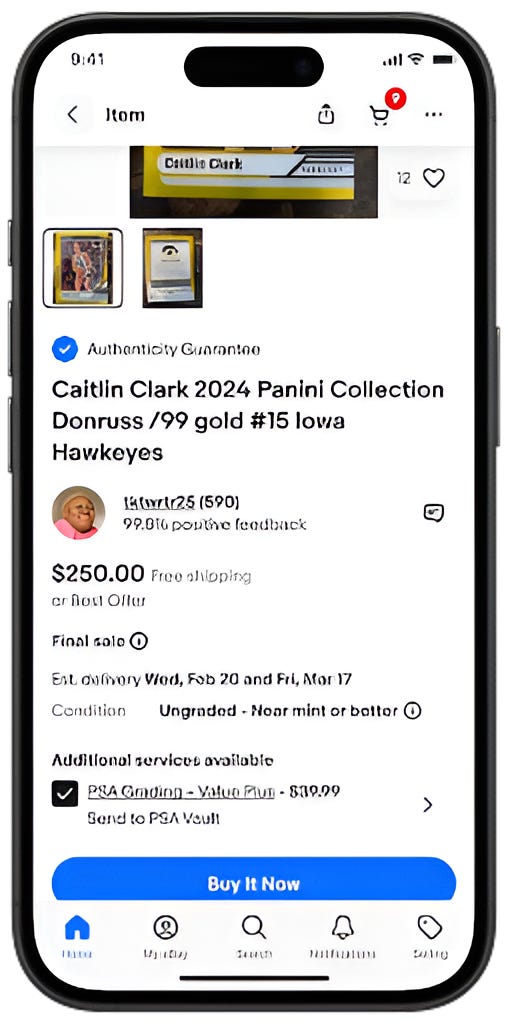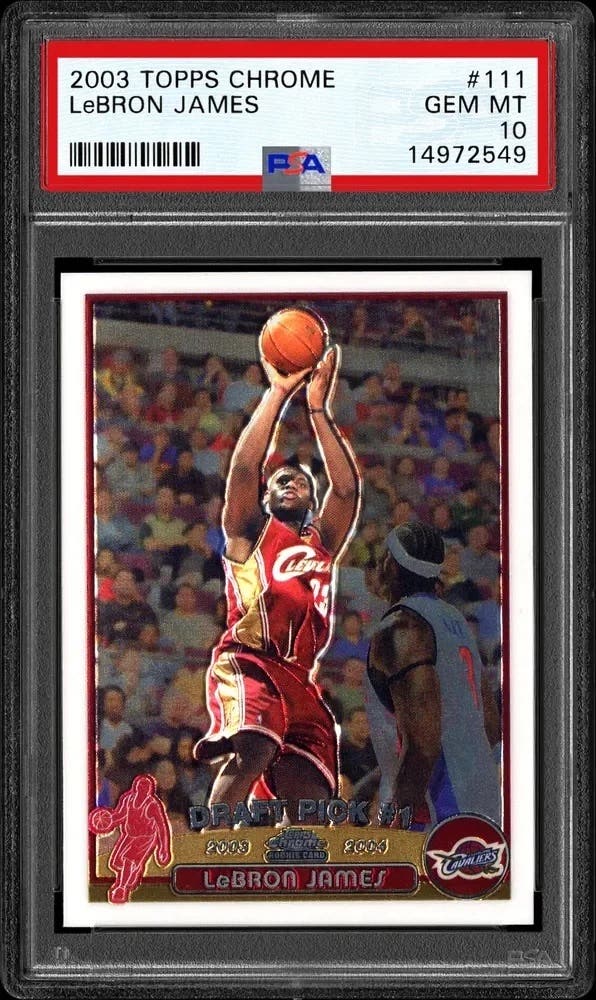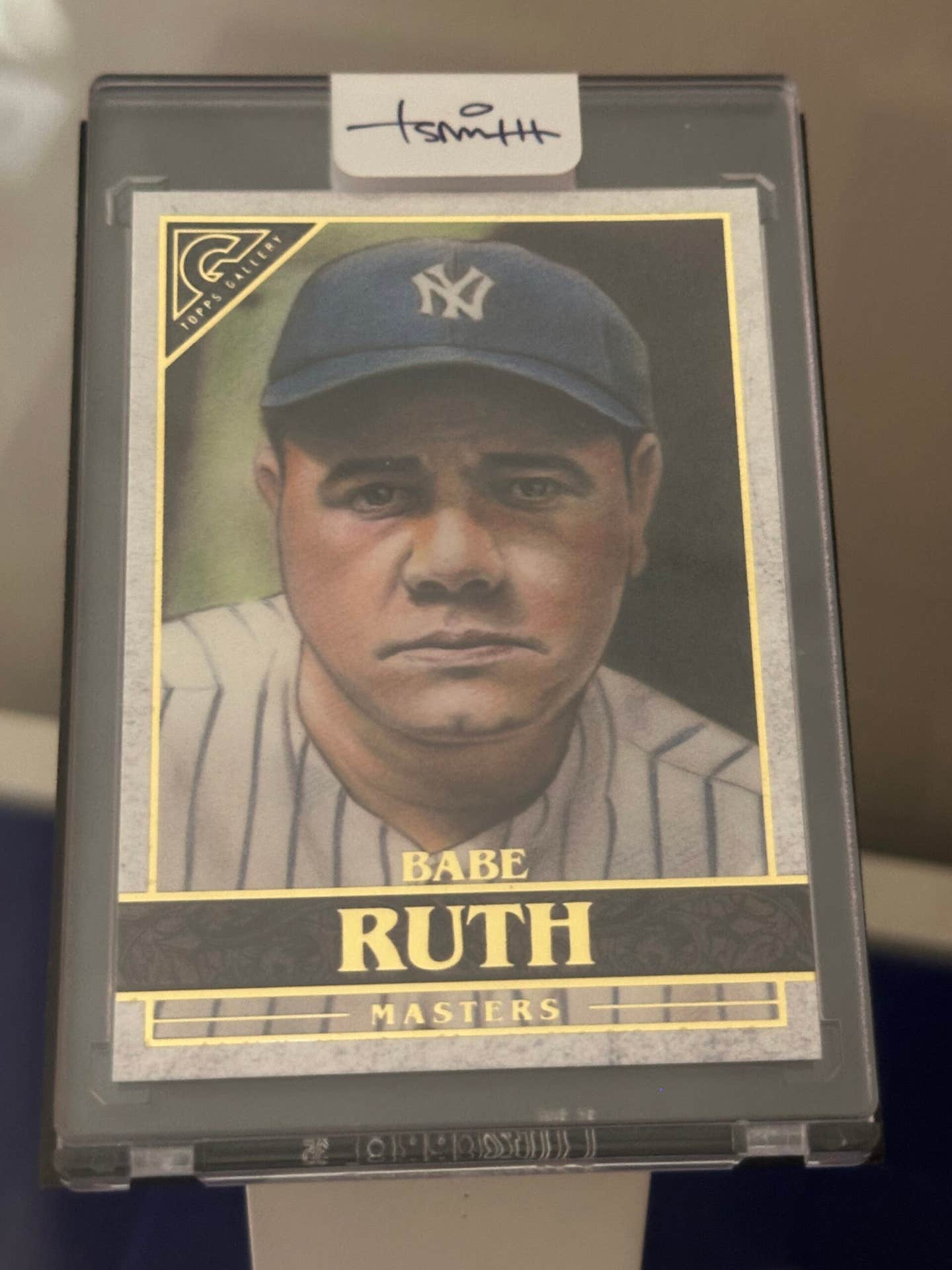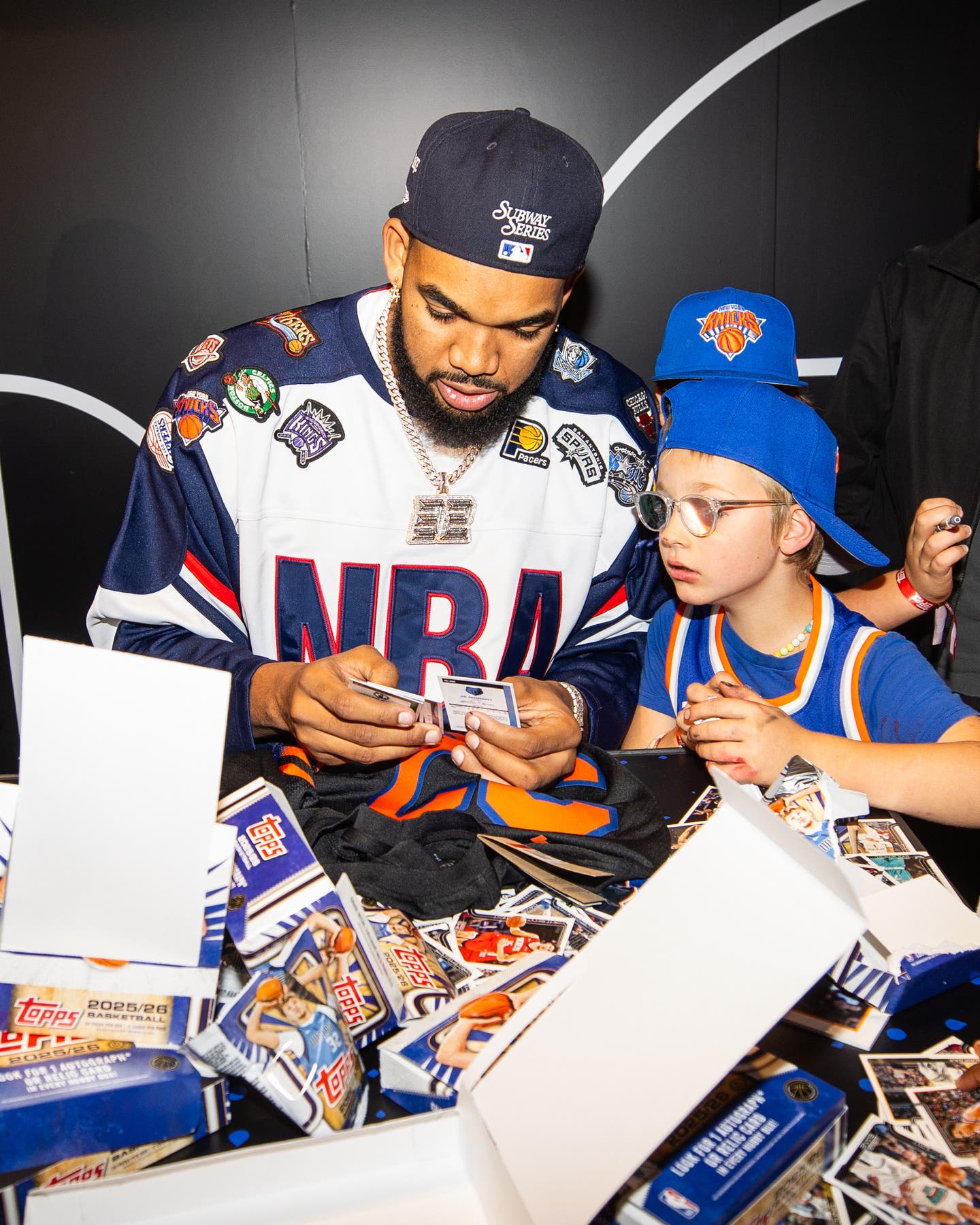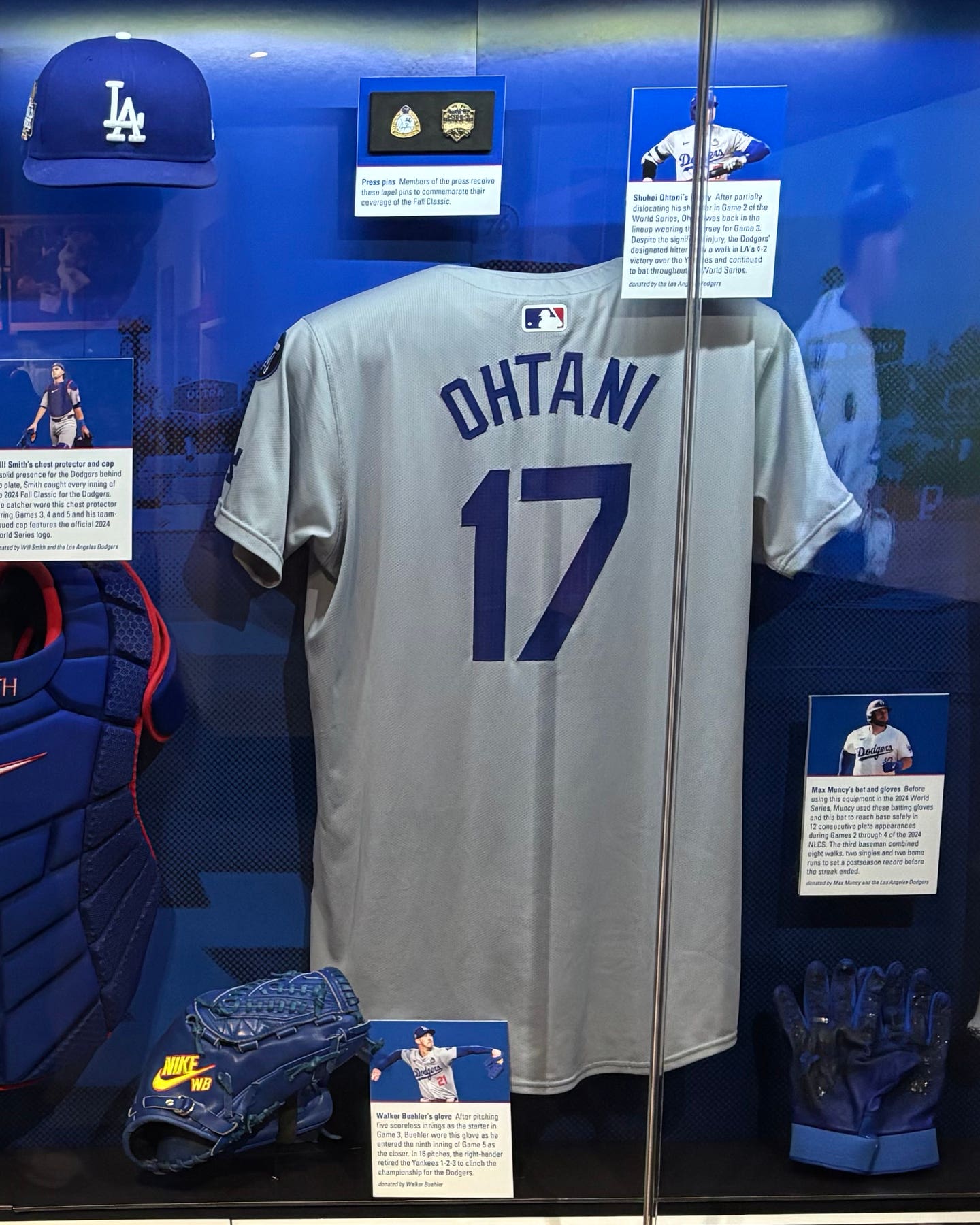Cards
1957 Topps: A classic on its 50th anniversary
Judging a book by its cover is usually an iffy proposition since too often the outer part does not come close to what is inside.
But if the 1957 Topps Baseball set was a book, judging it by its “cover” would be OK, because many collectors gauge this “page-turner” as a stylish classic.
Ted Williams, on the back end of an already Hall-of-Fame-bound career before 1957, leads off the issue. Williams turned 39 that season and captivated countless baseball fans by winning the American League batting crown with a sizzling .388 average.
“Teddy Ballgame” finished a close second to Mickey Mantle, who appears on the last card in the set, in the AL MVP voting that year. “In my opinion, and for many others, the 1957 Topps Baseball set is simply the best set ever produced – period,” said hobbyist Steve Wolfe from Virginia. “This set evokes sentiments few cardboard collections could ever hope to match: nostalgia, robust youth and a distinct sense of poignancy.”
Willie Mays appeared just nine cards after Williams’ card. The Giants centerfielder is shown on his final pasteboard with the team in New York. Both the Giants and Brooklyn Dodgers moved to the West Coast after the season and their respective ballparks, the Polo Grounds and Ebbets Field, show up in the background on some cards in the set.
Shortly after Mays is yet another superstar slugger: Hank Aaron, whose National League MVP season led the Milwaukee Braves to a World Series Championship over the Yankees in 1957.
Aaron’s card showed him batting left-handed, because of a reversed photographic negative. It was never corrected.
Both Mays and Aaron were indirectly involved in a controversy that summer. Cincinnati fans stuffed the All-Star ballot boxes for their team resulting in seven of eight NL starting lineup non-pitching positions going to Reds players, with Cardinals first baseman Stan Musial the lone exception. But Baseball Commissioner Ford Frick intervened and bumped two Cincinnati players from the lineup and replaced them with Mays and Aaron.
Joining that pair in the starting outfield for the NL was power-hitting prospect Frank Robinson, whose rookie card appears in the 1957 Topps issue (No. 35), the first year of the smaller-size pasteboards that has been the standard in the hobby ever since.
Williams, Mays, Aaron and Robinson as a group would be a great first chapter to this set, but placed among those legends in 1957 were: Yogi Berra, Luis Aparicio, Robin Roberts, Whitey Ford, Pee Wee Reese and rookies of Don Drysdale and Bill Mazeroski – each enshrined in Cooperstown.
For sports card enthusiast Russ Hegi, the overall large number of star cards and rookies in the set, the first Topps issue to use color photos and complete player stats, are only part of the collection’s strong attraction.
“The uncluttered color photos with players in a variety of settings/poses at the old ballparks, with fewer head shots than a lot of other sets, and the rich diversity of colors add to the appeal,” said the New Jersey resident. “Only the ’53 Bowman color set comes close in my mind.”
Tony Lijoi likes the look of ’57s, bar none. “The composition of this set is the best Topps ever released ... except for a few like the (Tony) Kubek rookie and Bob Speake and a few others that had airbrushed backgrounds that were ugly,” said the Michigan-based collector.
Card for card, the toughest grouping to find from the collection is the penultimate series, Nos. 265 to 352, where commons go for $30.
A third-year Sandy Koufax leads the “veterans” in this fourth series that also contains six team cards, including the Dodgers and Giants, and the first glimpses of Jim Bunning (now a U.S. Senator), Bobby Richardson and Brooks Robinson, the set’s key rookie.
The last series of the 407-card set is fairly tame in the star card department. That is, except for an experiment Topps tried by highlighting multiple “name” players on one card.
Their first star “combo” card, “Dodgers’ Sluggers” (No. 400), presents Brooklyn’s version of Murderers’ Row with Carl Furillo, Gil Hodges, Roy Campanella and Duke Snider.
Topps rounded out the offering with another multi-player star card: “Yankees’ Power Hitters,” s
potlighting Mantle and Yogi Berra posing on the dugout steps.
Colorado-based memorabilia dealer Kurt Coltrane of Kurtz Kardz said both of these combo cards in high grade are equally as popular in demand. “The Dodgers’ Sluggers card,” he noted, “almost always came with snow (print dots).”
The only corrected error in the issue involves the Cubs Gene Baker (No. 176). On some Baker card backs a bottom portion of the final letter in his first and last names are missing.
The Baker error lists in the 2007 Standard Catalog of Baseball Cards in near-mint and unslabbed shape for $650. Collector Jeff Silver said this slight printing mistake on a card from one of his hometown teams is not worth the money. “In my opinion, it’s a very weak error and should not even be part of the set.”
At press time there were seven PSA 7s and two PSA 8 Baker error cards, with none higher. In 2004, a PSA 8 Baker error pasteboard sold for $3,000.
Hegi stated that “centering, centering, centering,” like many vintage cards, was one of the main condition issues in ’57. “Also tilting, snow, focus and registration,” he said.
There are a few cards just “outside the lines” of the set, as they are unnumbered but showed up in packs on occasion.
The first group is the checklists, four each with a Bazooka or Blony Gum ad on the back. The first and second series and the second and third checklists book for around $900 each in PSA 8, while the third and fourth and fourth and fifth groups of names bring about $2,000 each in the same shape.
“Unmarked checklists in top condition are near impossible, especially the Bazooka variations,” said Hegi.
Other “no-number” cards connected to the 1957 issue include: the four Contest cards, which list in PSA’s Sports Market Report for about $200 each in PSA 8 and a Lucky Penny wrapper redemption deal for a penny charm/key chain. The 2007 SCOBC places a $300 price tag on the “Lucky” card.
A complete raw 1957 Topps Baseball set hovers around the $7,000 mark.
Mantle’s regular card leads the issue at $1,000 and Williams comes in at $800. Other big-star cards include the Yankees’ Power Hitters at $450, Mays and the Brooks Robinson rookie at $400 each and Aaron, Roberto Clemente and Frank Robinson around $300 apiece.
Graded cards, of course, can send some prices into orbit, if the conditions are right.
Coltrane said the 1957 set has been on a bit of a roller coaster ride the last three years.
“PSA 9 commons have gone for unbelievable money, in some cases $1,500 to $2,000 for low population samples,” he said. “PSA 8s of the same card will struggle to get $40 if they list for $75.”
But Coltrane emphasized that some PSA 8s sell well. “Especially the toughest-series (Nos. 265-352),” he said. “It’s achievable to buy half of the set affordably in higher graded condition, but the other half you’ll have to pay much more money for and be aggressive buying them due to high demand.”
More than cool bookmarks
Geordie Calvert, meanwhile, who recently completed the ’57 issue, prefers his “books” with dog-eared pages. “I enjoy collecting cards that others would reject. Many of these “well-loved” cards tell a story,” said Calvert of California. “I think it’s fun to find a card that some kid either defaced because he didn’t like the player, or made sure the player’s current team was reflected with ballpoint pen marks on the front.”
Some hobbyists said that in the player-selection area, what keeps this set from perfection is the absence of Harmon Killebrew, the true Roger Maris rookie, Musial and Jackie Robinson – who retired before the 1957 season instead of accepting a trade to the Giants, his longtime rivals.
“There’s also a real whiff of tragedy as we have the last card of Campanella (who was permanently paralyzed in a 1958 car accident) as an active player,” said Wolfe.
“But the combination of fading veterans, superstars in their glorious prime, and emerging superstars is simply unbeatable.”
In book review terms, the 1957 Topps Baseball set is still a “must read.” And that’s why it has been on the “best-seller list” for 50 years.



